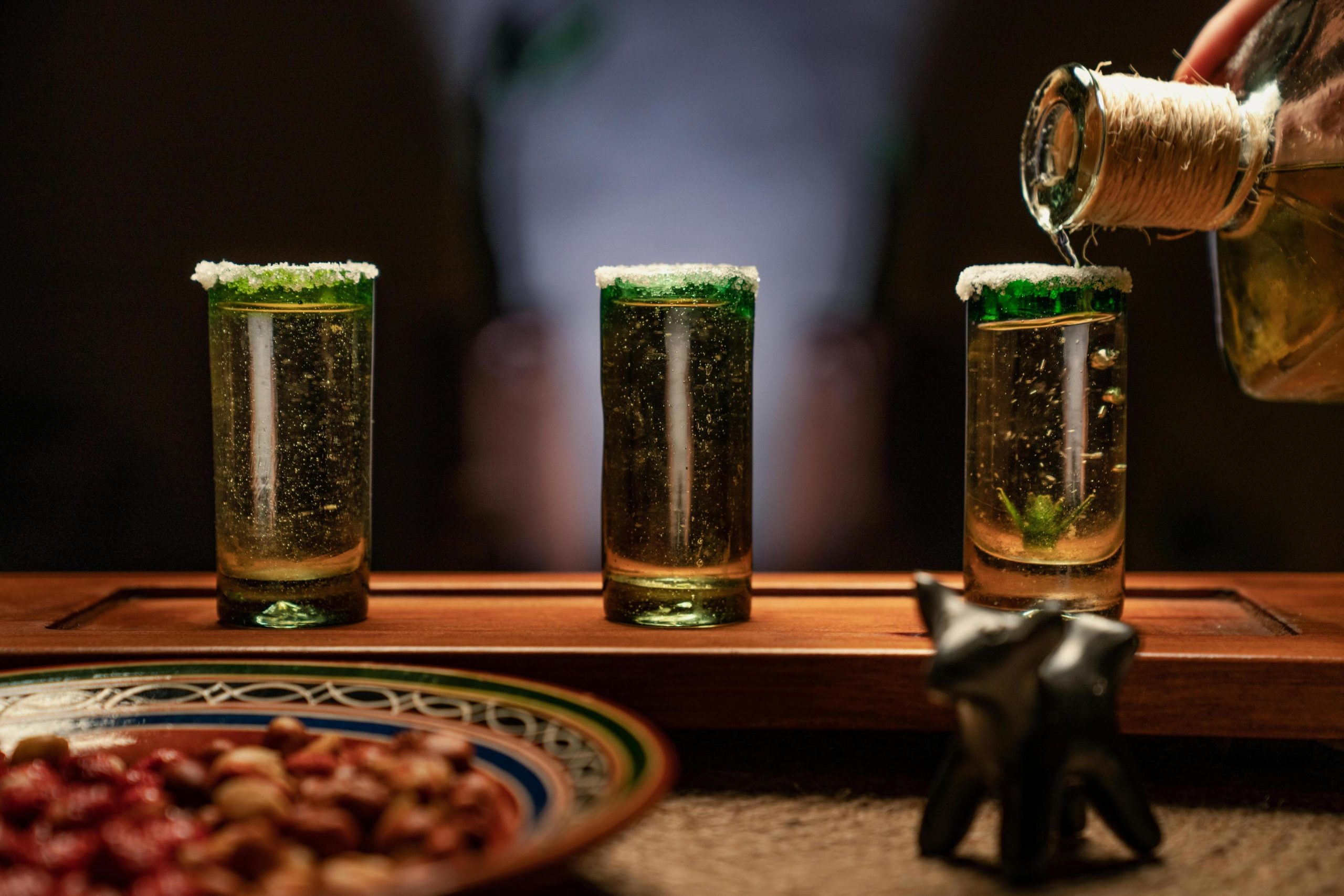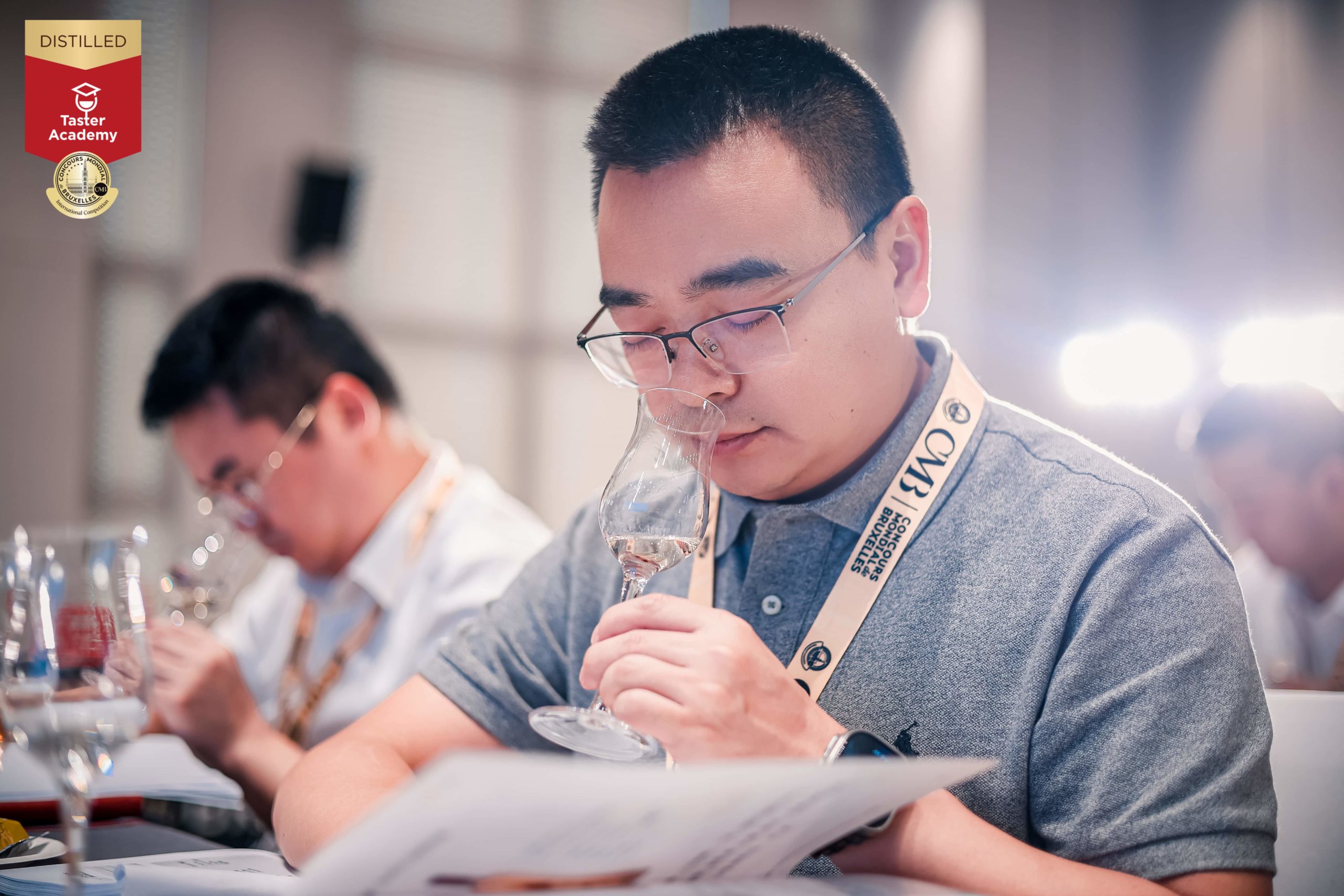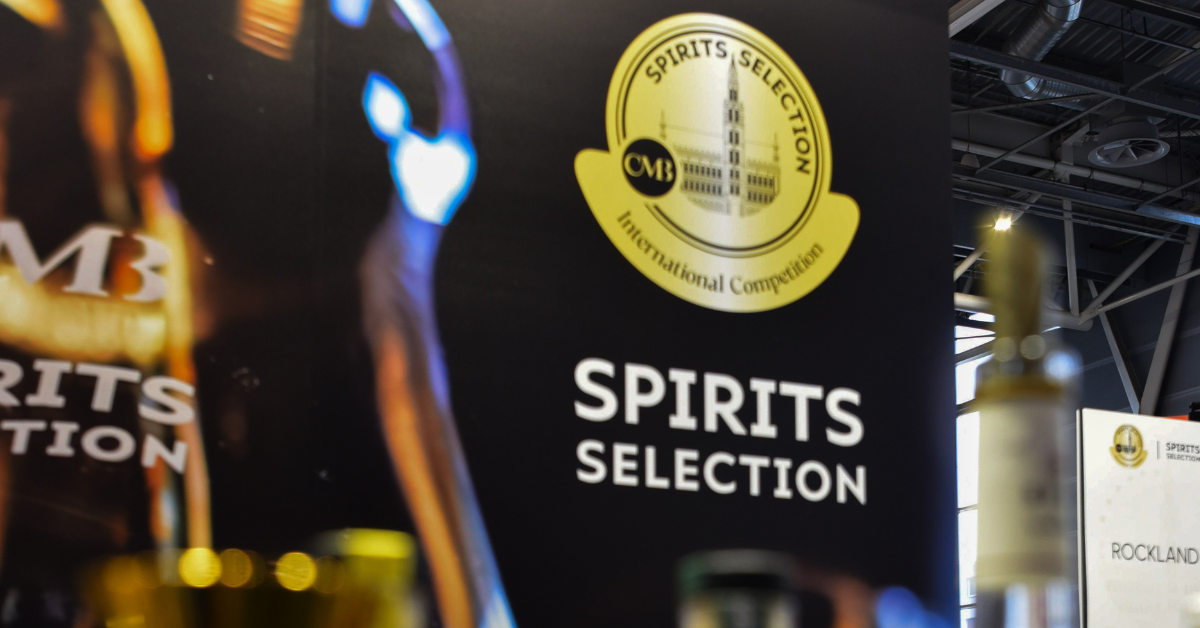Tequila and Germany

Tequila has always had a presence on the German market; it is, you may believe it or not, the second most important export region after the US. The change nowadays is that it’s not the cheap party booze anymore, but consumers are interested in quality.
Let’s take the numbers our friend Ana Guadalupe Valenzuela Zapata presented a few weeks ago – simple Tequila, formerly often called mixto because it allows for addition of sugar sources to the mash other than Agave, is still very much sought after in Germany, but the 100% Agave category has really taken off. Of the roundabout 8,000,000 liters that Mexico exported to Germany in 2023, almost 1,000,000 were 100% Agave. This number dropped in 2024 again, but I still feel that there’s a general vibe for quality products regarding spirits in Germany.
You might say that’s far-fetched if you crunch the pure numbers, but when talking to consumers who don’t really have much experience regarding spirits, you begin to understand that it’s still only the education that’s missing, not the motivation to step up in quality. You can see it better in Tequila than in many other categories.
Supermarkets nowadays offer often even a set of Tequila 100% Agave, mostly blancos, quite a few reposados, sometimes even the odd añejos. German companies begin to introduce their own brand of Mexico-produced Tequila hereabouts, adding their design to better fit the market, and putting regional twists in for upselling.
Of course, there’s still this never-dying image of the horrible aftermath of a Tequila student party, and surprisingly many Germans still seem to feel the pain –these are the ones that need to be converted again, re-set so to speak, to be able to appreciate quality Tequila again.
It’s hard to enter the German market with niche products, though, and the standard German consumer doesn’t really prefer to drink spirits neat in a bar. Cooperation with gastronomy is one obvious way to go, more and more Mexican-style restaurants provide a surprisingly large offering of brands and styles, and maybe the premium brands should also try to get into non-Mexican restaurants, a field that is currently held by French and Italian spirits almost exclusively in Germany.
Here, the desperately needed education could also be provided as a side effect. Tastings are a popular pastime, in the past mainly done for Gin or Whisky, but the modern, young and interested spirits audience in Germany is for sure ready to receive a lot more offers in this regard.
The great thing that Tequila has going for it, apart from the quality that is supported by law-giving processes and trade protection acts, is this exotic and lively vibe Tequila is able to transport. There was a reason why this spirit was chosen for parties in the 1980s, after all!
But, as customers are stepping up in regard to quality, they also heavily desire a change in marketing imagery. The cheap comic guy with a sombrero sleeping in front of a cactus is not helpful anymore –instead, folk art and imagery inspired by typical textile sarape patterns, indigenous pottery, alebrijes and retablos, and the multicolored culture that connects life and death are seen on labels instead.
Therefore, Tequila is not only a spirit for consumers to get wasted in style, but it also a way of making people aware of the rich heritage of Mexico. Here in rainy, drab Germany, I feel we often can really profit from such a little injection of pure, zesty, energetic Mexican lifeblood that Tequila brings.
If you are planning a little get-together in the future, look out for those quality 100% Agave Tequilas that are readily available even in supermarkets now, find out what’s the sensory difference between those and the stuff you got drunk on at your alma mater, and then educate yourself and the people in your circle about it. It worked for Gin, and Tequila has much more to offer.
Let’s try it!
Helmut Barro


